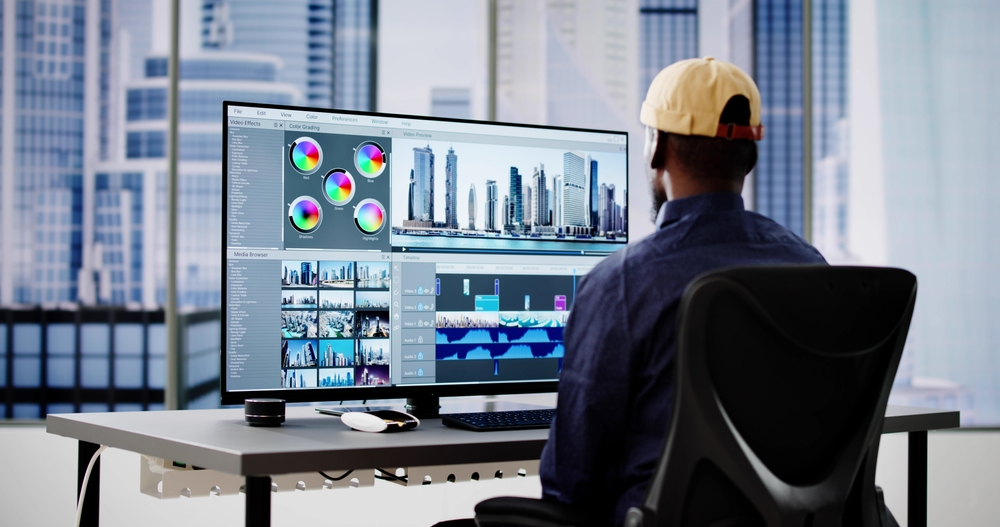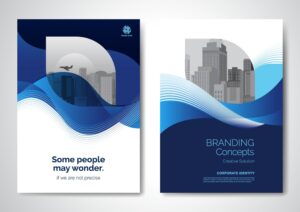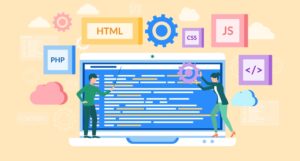Web Design vs. Graphic Design: Key Differences to Know
Understanding Web Design and Graphic Design
When it comes to creating a digital presence, two terms often come up: web design and graphic design. While both are essential in the world of design, they serve different purposes and require distinct skill sets. Understanding the differences between web design and graphic design can help you make informed decisions for your projects and ensure you get the right expertise for your needs.
In this blog, we’ll explore the key differences between web design and graphic design, their unique roles, and how they complement each other in the digital world.
What is Web Design?
1. The Role of Web Design
Web design focuses on the creation and optimization of websites. It involves designing the layout, user interface (UI), and overall visual appearance of a website. Web designers work on elements like navigation, site architecture, and responsiveness to ensure that the website is user-friendly and functional across different devices.
The primary goal of web design is to create an intuitive and engaging experience for users. This involves not only making the site visually appealing but also ensuring it is easy to navigate and performs well. Web designers often collaborate with developers to implement their designs using coding languages like HTML, CSS, and JavaScript.
External Link: To dive deeper into the role of web design, check out this comprehensive guide to web design.
2. Key Elements of Web Design
- Layout and Structure: The arrangement of elements on a webpage, ensuring a logical flow and easy navigation.
- User Experience (UX): Designing with the user in mind, focusing on how they interact with the site and ensuring a seamless experience.
- Responsiveness: Ensuring the website adapts to different screen sizes, from desktops to mobile devices.
- Interactivity: Incorporating features like forms, buttons, and animations that engage users and enhance their experience.
What is Graphic Design?
1. The Role of Graphic Design
Graphic design, on the other hand, is more focused on creating visual content for both digital and print media. Graphic designers work on projects such as logos, brochures, posters, social media graphics, and more. Their primary goal is to communicate a specific message or brand identity through visual elements like typography, color, imagery, and layout.
Graphic design is all about creativity and artistic expression, using design principles to convey ideas visually. While graphic designers may create visuals for websites, their work is not limited to the web and extends to a variety of mediums.
Internal Link: To see examples of high-quality graphic design work, visit our graphic design services page.
2. Key Elements of Graphic Design
- Typography: The art of arranging text in a way that is both aesthetically pleasing and readable.
- Color Theory: Using color to evoke emotions and create visual harmony.
- Imagery: Incorporating photos, illustrations, and icons to enhance the visual impact of a design.
- Composition: Arranging visual elements to create a balanced and effective design.
Web Design vs. Graphic Design: The Key Differences
1. Medium and Function
The primary difference between web design and graphic design lies in the medium they work with. Web design is focused on interactive digital environments, specifically websites. It requires an understanding of coding, user behavior, and web performance. Graphic design, however, is broader and spans both digital and print media, focusing more on visual storytelling and brand identity.

2. Skills and Tools
Web designers often use tools like Adobe XD, Figma, and web development languages to create their designs. They need to understand user experience, responsive design, and how to optimize websites for speed and performance. Graphic designers, on the other hand, use tools like Adobe Photoshop, Illustrator, and InDesign to create static visuals that can be used in a variety of contexts.
3. Flexibility and Adaptation
Web design requires a high level of flexibility, as designs must adapt to different screen sizes and devices. Graphic design, while also requiring versatility, does not typically need to account for the same level of interactivity and responsiveness.
External Link: For more insights into the differences between web design and graphic design, explore this detailed comparison.
Conclusion
While web design and graphic design share some common elements, they serve different purposes and require unique skill sets. Web design is all about creating functional, user-friendly websites, while graphic design focuses on visual communication across various mediums. Understanding these differences will help you choose the right professionals for your project, ensuring that your digital and print needs are met with expertise.
For professional design services tailored to your needs, contact us at Digitor today.
For further reading, consider exploring Smashing Magazine for design tips and trends, or visit AIGA for professional design resources and insights.
Explore more related articles to deepen your understanding and make informed choices about graphic design techniques
Why Custom Website Development is Essential for Your Brand
How to Choose the Best Graphic Design Services for Your Business







